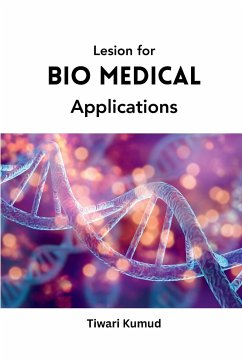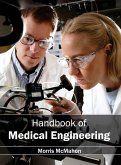Lesions pivotal in biomedical applications; encompass localized abnormal tissue changes that offer crucial insights for diagnosis; treatment; and research. These anomalies; detectable through various imaging techniques like MRI; CT scans; and microscopy; hold paramount importance in understanding diseases. In the realm of cancer; lesions serve as key markers aiding early detection and staging. By scrutinizing lesion characteristics such as size; shape; and density; medical professionals discern malignancy levels; guiding treatment decisions. Additionally; lesions act as focal points for monitoring disease progression and treatment efficacy over time. In neurological studies; lesions provide invaluable clues to disorders like multiple sclerosis. Their presence; size; and distribution aid in delineating disease patterns and assessing neurological function impairment. Furthermore; lesion identification facilitates personalized treatment strategies. Lesions; both physical and cellular; also play a pivotal role in drug development and testing. Researchers utilize lesion models to study the effects of interventions and potential therapies. By comprehending the impact of these interventions on lesion progression or regression; scientists refine treatment protocols. Ultimately; lesions bridge the gap between research and clinical practice; guiding medical decisions and advancing biomedical knowledge. As technology advances and imaging techniques improve; the detailed characterization of lesions promises enhanced diagnostic precision and targeted therapies across a multitude of health conditions.








